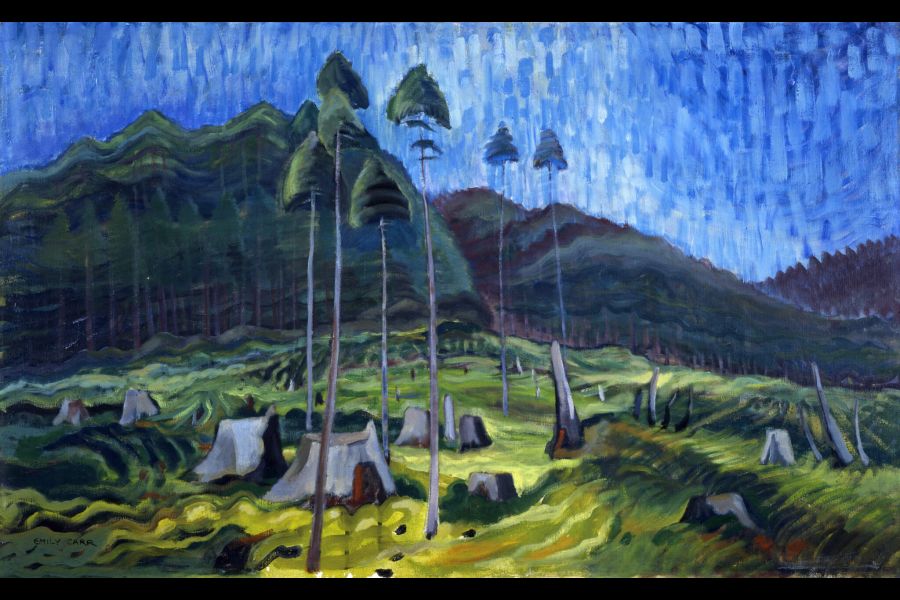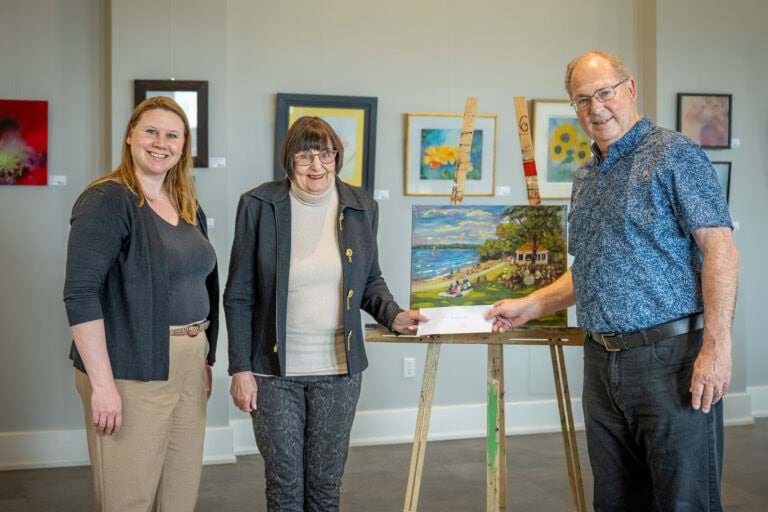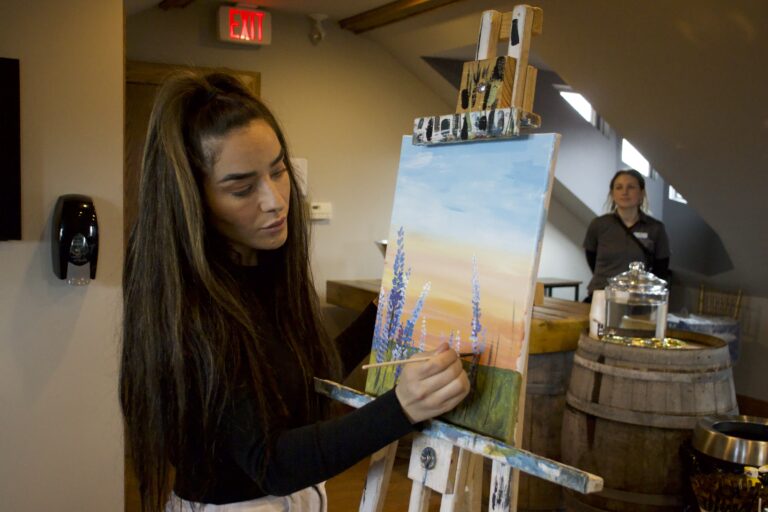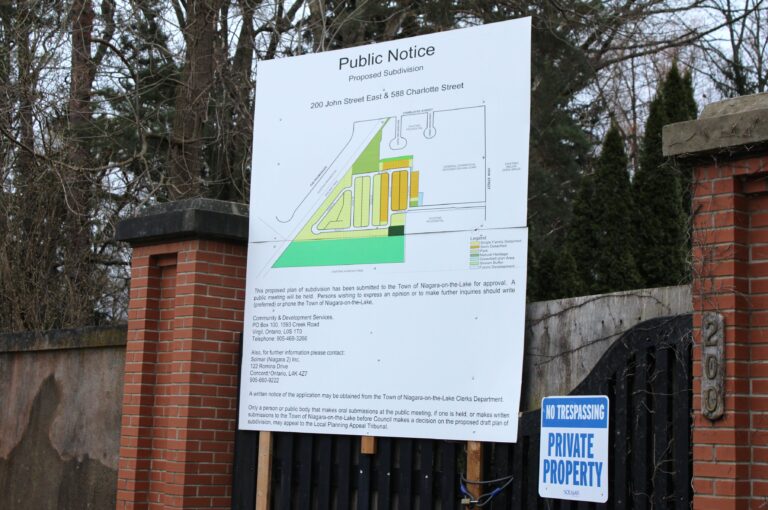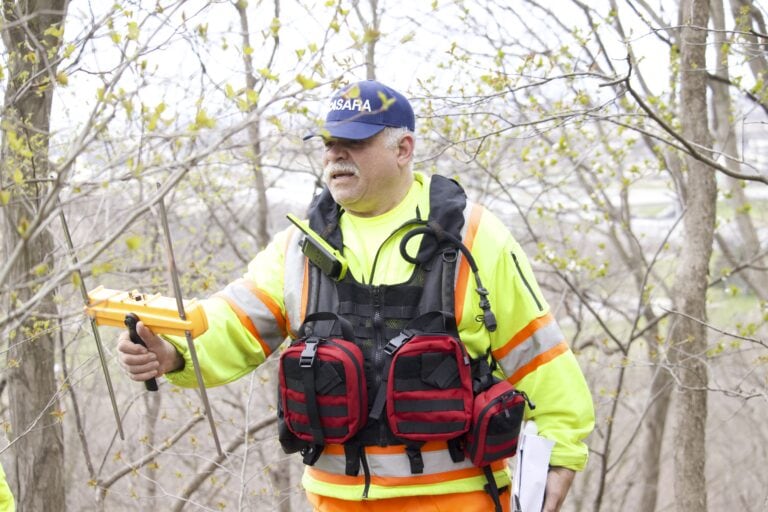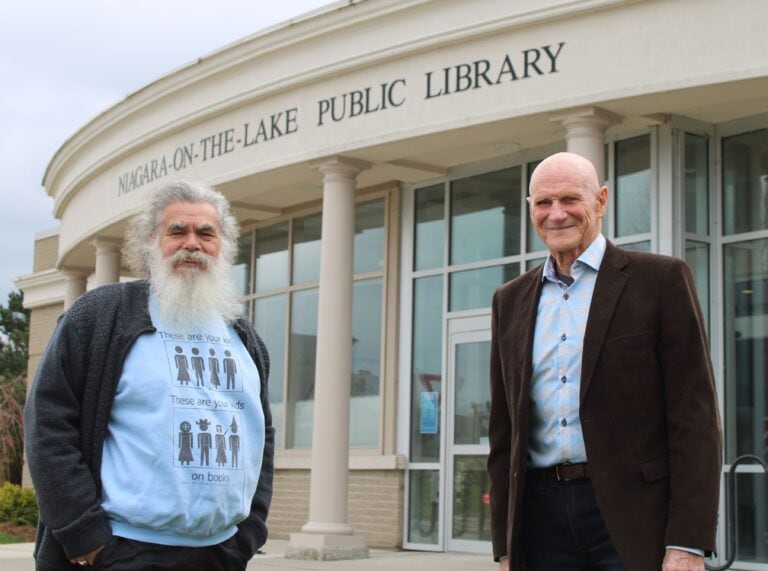Penny-Lynn Cookson
Special to Niagara Now/The Lake Report
If Emily Carr, born in 1871 in Victoria, B.C., was alive today, we would call her a “tree hugger.”
And she would agree as she adored, painted and completely related to the magnificent giant Douglas firs, red cedars, spruce and pines of the Pacific Northwest.
Trees centered her. She found spiritual communion in their graceful rhythms, mood and beauty, so evident in “Tossed by the Wind,” sold at auction last week for $3.39 million.
Carr abhorred the logging on Vancouver Island in the 1920s and 1930s. She saw loggers as executioners. Over 90 years ago, she cared deeply about environmental issues, the protection of forests and resource rights for Indigenous peoples.
She would be appalled that only 2.7 per cent of old growth forest is left in British Columbia and, undoubtedly, she would have joined 100 other prominent Canadians in sending a letter to B.C. Premier John Horgan, demanding that he preserve the province’s remaining old growth forests.
Those signatories included Brian Mulroney, Adrienne Clarkson, Michael Ondaatje, Bryan Adams, Neil Young, Wade Davis and others such as Greta Thunberg, who responded to the call of Nicole Rycroft of Vancouver, founder and CEO of Canopy, an environmental non-profit aiming to change the practices of the forestry industry worldwide.
Carr’s route to fame as one of Canada’s most renowned artists was long and tortuous.
After studies at the California School of Design in San Francisco, she made many trips to Aboriginal villages of the Pacific Northwest, documenting the art of the Haida, Gitxsan and Tsimshian peoples, sketching and painting carved totem poles, driftwood seascapes and forest landscapes.
She studied at London’s Westminster School of Art but disliked its conservatism, felt rejected as a “colonial” and found the soot, grime and smell of the city oppressive.
A trip to Paris and the Louvre in 1901 changed her world. She attended the Académie Colarossi and was exposed to Post-Impressionism, Fauvism, Expressionism and Cubism.
Transformed by the brilliant landscapes of her teacher, Harry Phelan Gibb, her concern for detail was replaced by bold brushstrokes and colour on the canvas. She became a Modernist. Two of her works were shown at the 1911 Salon d’Automne.
She returned to Vancouver in 1912 determined to capture the land, its forests and Aboriginal themes in her new style. She taught at an art club for ladies, lasting one month. Her smoking and cursing in class offended students, who boycotted her classes.
She opened an art gallery, but it closed due to lack of interest in her work. She retreated to Victoria, gave up painting for 15 years, ran a boarding house, bred dogs and made pottery.
In 1927, the director of the National Gallery of Canada visited and invited her to participate in a group exhibition that included Group of Seven members. Lawren Harris’s theosophical beliefs of God as nature resonated with her vision of the wilderness as a sacred space alive with spirit. Further exhibitions enhanced her international reputation.
“Odds and Ends” reveals her profound concern for the ecological impact of industrial logging on the land and its effect on Indigenous people. The splendid lush landscape has been violated, desecrated by deforestation.
Carr sees the stumps as amputations and feels their pain. The remaining fragile trees bear witness. Beset by three heart attacks and a stroke, Carr turned to writing and in 1941 won the Governor-General’s Award for non-fiction for her memoir “Klee Wyck,” her Indigenous nickname.
She succeeded against all odds and, after her death in 1945, represented Canada at the Venice Biennale in 1952. Of Canada she said, “This is my country. What I want to express is here and I love it. Amen!”
Penny-Lynn Cookson is an art historian who taught at the University of Toronto for 10 years. She also was head of extension services at the Art Gallery of Ontario. Watch for her upcoming lecture series at the Pumphouse Arts Centre and at RiverBrink Art Museum.



